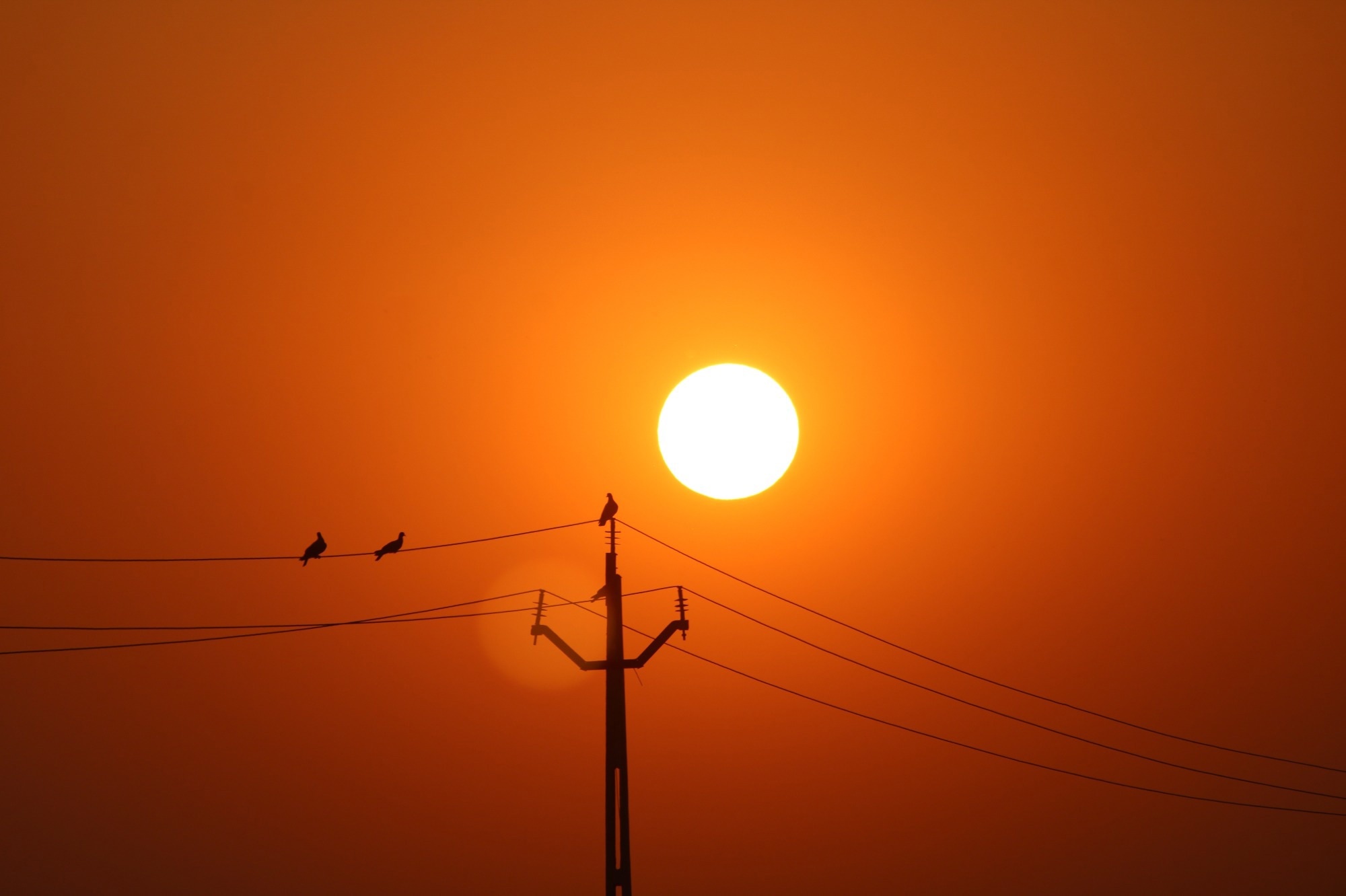In a recent study published in Circulation, researchers estimate the change in the severe heat-related cardiovascular mortality burden in the United States.
 Study: Projected Change in the Burden of Excess Cardiovascular Deaths Associated With Extreme Heat by Midcentury (2036–2065) in the Contiguous United States. Image Credit: DStockography / Shutterstock.com
Study: Projected Change in the Burden of Excess Cardiovascular Deaths Associated With Extreme Heat by Midcentury (2036–2065) in the Contiguous United States. Image Credit: DStockography / Shutterstock.com
How does extreme heat affect health?
Extreme heat events are expected to become more frequent and intense in the U.S. due to global climate change. Heat exposure may increase heart strain, cytokine release, and thrombosis, thereby increasing the risk of myocardial infarction and stroke.
Individuals suffering from cardiovascular diseases and those with risk factors are more vulnerable to the negative health effects of severe heat. The effect of this rise in extreme heat on cardiovascular health is unknown; therefore, it is critical to analyze the combination of demographic and environmental changes to correctly estimate the impact of severe heat events on U.S. adults in the coming decades.
About the study
Between 2008 and 2019, researchers obtained information on cardiovascular fatalities among adult individuals and the frequency of severe heat days in the 3,018 contiguous U.S. counties. Information was gathered on county-level projected numbers of severe heat days and populations under two scenarios for the mid-century period between 2036 and 2065. These projections were based on representative concentration pathway (RCPs) trajectories modeling emission of greenhouse gases and shared socioeconomic pathways (SSPs) modeling futuristic socioeconomic situations and demographic estimations.
The situations included demographic estimations from a "middle-of-the-road" socioeconomic situation and intermediate-level elevation in the emission of greenhouse gases (SSP2-4.5) and demographic estimations in economies based on the development of fossil fuels and a considerable increase in greenhouse gas emissions (SSP5-8.5). Poisson fixed-effects models assessed the relationship between high heat and cardiovascular disease-related fatalities.
The number of severe heat-related cardiovascular deaths was predicted using model estimations. The exposure of concern was severe heat, which refers to temperatures much higher than normal for a specific place.
The primary study outcome was the mean yearly predicted excess cardiovascular death rate in the contiguous U.S. using SSP2-4.5 and SSP5-8.5 scenarios for the mid-century timeframe. Excessive cardiovascular mortality rates were evaluated in subgroups of age, gender, race, and ethnicity.
The Union of Concerned Scientists provided data to predict the mean number of severe heat days each year in each U.S. county by mid-century. Secondary assessments employed alternative definitions of excessive heat with heat indices (HIs) of 100 °F (37.8 °C) and 105 °F (40.6 °C) to estimate excess fatalities from cardiovascular disease in subgroups of gender, age, race, ethnicity, and housing type.
The International Classification of Diseases, 10th Revision (ICD-10) codes were used with the National Center for Health Statistics data to determine cardiovascular mortality. Age, gender, ethnicity, and race data of deceased individuals were obtained from their death certificates.
Study findings
Between 2008 and 2019, extreme heat was associated with an additional 1,651 cardiovascular deaths each year. Under SSP2-4.5, excessive heat was estimated to cause 4,320 excess fatalities each year, which reflected a 162% increase, by mid-century and 5,491 yearly excess deaths, or a 233% increase, in the SSP5-8.5 scenario.
In the SSP2-4.5 scenario, elderly individuals aged 65 and older were predicted to suffer a four-fold increase in mortality as compared to younger individuals between 20 to 64 years of age. The estimated change in mortality did not differ significantly between races and ethnicities or between males and females.
Between 2008 and 2019, over three million individuals died in the U.S. from cardiovascular disease between May and September. Half of the deaths were female, 12% were among blacks of non-Hispanic ethnicity, 85% were whites of non-Hispanic ethnicity, 3% were individuals from other races but non-Hispanic ethnicity, 6% were Hispanics of any racial group, and 0.30% of individuals unknown ethnicities and races.
During this time, the median monthly cardiovascular fatality rate was 26 deaths for every 100,000 individuals. Between 2008 and 2019, the median count of days each year with maximal HI values of 90 °F in the counties was 54. The median count of severe heat days each year was predicted to rise to 71 and 80 in the representative concentration pathways 4.50 and 8.50, respectively.
Under the SSP2 and SSP5 scenarios, the mean count of adult individuals in U.S. counties was expected to increase to over 300 million under SPP2 and over 354 million under SSP5 from 233 million in the mid-century timeframe.
The median population of adult individuals in the U.S. was anticipated to decline from 19,524 to 18,252 and 20,747 in the SSP2 and SSP5 scenarios, respectively. The median anticipated alteration in the proportion of adults between the present and mid-century periods was 5% under SPP2 and 9% under SPP5. The proportion of county inhabitants aged 65 years was anticipated to rise from 23% in the current period to 31% in both scenarios.
Implications
Severe heat is expected to be associated with a much higher burden of excess cardiovascular mortality in the contiguous U.S. by mid-century. This rise in mortality will likely be due to the combined effects of continuous increases in severe heat days, population aging, and continual relocation to warmer places.
A greater number of severe heat days could aggravate pre-existing discrepancies in cardiovascular health between populations, particularly between black and white individuals of non-Hispanic ethnicity. Thus, population health and infrastructural actions are urgently needed to assist communities in adapting to the expected increases in intense heat and mitigating its negative health impacts.
Journal reference:
- Khatana, S. A. M., Eberly, L. A., Nathan, A. S., & Groeneveld, P. W. (2023). Projected Change in the Burden of Excess Cardiovascular Deaths Associated With Extreme Heat by Midcentury (2036–2065) in the Contiguous United States. Circulation. doi:10.1161/CIRCULATIONAHA.123.066017